#HG Welles
Explore tagged Tumblr posts
Text

Have you heard of a streaming service called EPIX? If not, it recently changed its name to MGM+
A couple of years ago EPIX had a free weekend and I binged a scifi show it had - “War of the Worlds” starring Gabriel Byrne and Elizabeth McGovern. (McGovern did this after Downton ended and probably between the movies.)
Despite its name, it had little in common with HG Welles book. It started with an extraterrestrial invasion then went off in an entire different direct. At the time I thought I might have liked it better if it had a different name. I kept expecting it/wanting it to connect to the book.
In this series, the extraterrestrials release an electromagnetic pulse which causes most people on earth to have a seizure then die. Only people who were underground or in some other enclosure (made of metal?) survived. The extraterrestrials (not seen in the season) release robotic dogs to kill off any survivors (via a gun built into their snout).
What I found interesting was that it was an international production - England and France. The series followed 3 groups trying to survive:
group one in London led by Byrne;
group two in Paris with an English father trying to get to England to find out if his family is okay (he travels with a French woman and her teen son);
group three - a French woman scientist in an outpost in the Alps who detected the extraterrestrials signal before the attack. She hooks up with a team of French soldiers who protect the base in the alps. The scenes in the Alps were entirely in French (with subtitles).
When I finished the season, I felt indifferent. There was an English young woman central to the plot. She had been blind but after the attack she got her sight back. And she had “visions” related to the extraterrestrials AND dreams about the French teen boy from group two. The thing was, I didn’t particular like those 2 characters. She was too twitchy and the teen boy was clearly unhinged but hiding it.
I forgot all about the series until this week. I was looking for a new streaming service and MGM+ was available cheap via Amazon (which bought MGM proper last year). It had two more seasons of the show. Despite my indifference, I binged/scanned the episodes (fast forwarding when I got bored).
The issue over all with the series is that it didn’t seem as if the creators/producers had a cohesive plan - there were radical changes between seasons. And a kind of Mumbo-Jumbo use of pseudo-science to explain plot holes.
Season 2 - the two French groups eventually make it to London during this season. But McGovern doesn’t survive into season 2. It is revealed the extraterrestrials were humans (in season one it said they were from another “galaxy”). They looked exactly like normal humans, spoke English, and wore the same kind of grunge clothes as the Earth humans. I could only tell the difference because I notice their clothing was shade of dark green. They had traveled to Earth and centuries into their past to kill Gabriel Byrne because he would release a virus that would kill then all. (But Byrne only creates the virus because they invaded Earth!?!)
Eventually it’s revealed that the formerly blind girl and the sullen teen boy were the “Adam and Eve” of the extraterrestrials. They both had genetic defects which the Gabriel Bynre character (now an expert geneticist) would exploit to create the virus.
Although the girl was exposed to the virus, somehow both she and the teen boy were lured into an empty space ship, which the extraterrestrial leader sent into space to their home planet (where they would have children and populate the extraterrestrial planet). HUH?
Time travel stories often have plot holes but this one was a doozie. How did the the woman and the teen get to the planet in the first place… they could only do it because their ancestors sent a ship. There was no attempt to explain this. It was just never mentioned.
Season 3 made another incredible shift. Somehow Gabriel Byrne was able to steal another ship and use it as a Time Machine, going back in time to just before the invasion. He sees the young woman (blind) and kills her by pushing her off a building. BUT extraterrestrial leader and a bunch of her team had also been on the time traveling ship. They were determine to kill Byrne - this time in revenge for negating their existence by killing their ancient grandmother. How? By triggering another electromagnetic pulse to kill all humans on Earth.
I won’t explain the resolution, except to say there was a “black hole” hovering above the Arctic that connected this Earth to the parallel Earth where the invasion occurred. Other than saying radio waves couldn’t escape the black hole, there was no mention of what other hazards might occur with a black hole hovering over the earth for many months.
Why did I watch seasons 2 & 3? Dunno. Part is because I recently canceled 4 streaming services (HBO max, Paramount+, AMC+, and Broadway direct). I think I was curious where it was going. More to the point, why was the series funded with its meandering plot laden with holes?
(The thing I liked the best about the series was the robot dogs… an interesting design. They digitally designed, then 3D printed. But all movement on screen was CGI.)
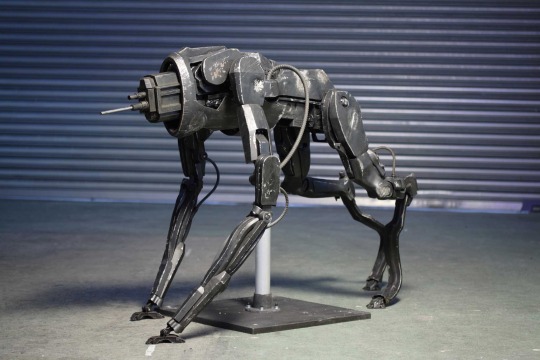
#epix#MGM+#war of the worlds#gabriel byrne#elizabeth mcgovern#HG Welles#plot holes#mumbo jumbo#time travel#extraterrestrial
5 notes
·
View notes
Text
War of the Worlds
On this date in 1938 Orson Welles's radio adaptation of HG Wells's War Of The Worlds on CBS Radio, was broadcast. Its use of fake news reports caused panic in the US because people tuning in part way through thought it was really happening.
Here are a few facts about The War of the Worlds.
0 notes
Text

You grew, but some things never change
#arknights#eyjafjalla#ifrit#dlarts#punk and pastel#i like how iffy pulls off the jp school rebel style#i know eyja is older than iffy but hg can't make up their minds on how much#putting them in the same peer group for ifrit to act as captain over#fiddling on whether eyja can drink or not#putting her in childish cutesy skins#oh well who cares; i like how they visibly give her hearing aids
636 notes
·
View notes
Text






ambition/arrogance/madness
#artists on tumblr#illustration#victor frankenstein#frankenstein#henry jekyll#jekyll and hyde#hg wells the invisible man#character design#character concept#🛎on queue.#aka: FORBIDDEN JOLLY RANCHERS!!!!#2024#insania scientia#kura’s frankenstein#kura’s griffin#kura’s jekyll&hyde (2020)#kura’s jekyll (2020)#⚠️warning tags:#eye contact
594 notes
·
View notes
Text
At the outset of H. G. Wells’s The War of the Worlds (1898), Wells asks his English readers to compare the Martian invasion of Earth with the Europeans’ genocidal invasion of the Tasmanians, thus demanding that the colonizers imagine themselves as the colonized, or the about-to-be-colonized. But in Wells this reversal of perspective entails something more, because the analogy rests on the logic prevalent in contemporary anthropology that the indigenous, primitive other’s present is the colonizer’s own past. Wells’s Martians invading England are like Europeans in Tasmania not just because they are arrogant colonialists invading a technologically inferior civilization, but also because, with their hypertrophied brains and prosthetic machines, they are a version of the human race’s own future.
The confrontation of humans and Martians is thus a kind of anachronism, an incongruous co-habitation of the same moment by people and artifacts from different times. But this anachronism is the mark of anthropological difference, that is, the way late-nineteenth-century anthropology conceptualized the play of identity and difference between the scientific observer and the anthropological subject-both human, but inhabiting different moments in the history of civilization. As George Stocking puts it in his intellectual history of Victorian anthropology, Victorian anthropologists, while expressing shock at the devastating effects of European contact on the Tasmanians, were able to adopt an apologetic tone about it because they understood the Tasmanians as “living representatives of the early Stone Age,” and thus their “extinction was simply a matter of … placing the Tasmanians back into the dead prehistoric world where they belonged” (282-83). The trope of the savage as a remnant of the past unites such authoritative and influential works as Lewis Henry Morgan’s Ancient Society (1877), where the kinship structures of contemporaneous American Indians and Polynesian islanders are read as evidence of “our” past, with Sigmund Freud’s Totem and Taboo (1913), where the sexual practices of “primitive” societies are interpreted as developmental stages leading to the mature sexuality of the West. Johannes Fabian has argued that the repression or denial of the real contemporaneity of so-called savage cultures with that of Western explorers, colonizers, and settlers is one of the pervasive, foundational assumptions of modern anthropology in general. The way colonialism made space into time gave the globe a geography not just of climates and cultures but of stages of human development that could confront and evaluate one another.
The anachronistic structure of anthropological difference is one of the key features that links emergent science fiction to colonialism. The crucial point is the way it sets into motion a vacillation between fantastic desires and critical estrangement that corresponds to the double-edged effects of the exotic. Robert Stafford, in an excellent essay on “Scientific Exploration and Empire” in the Oxford History of the British Empire, writes that, by the last decades of the century, “absorption in overseas wilderness represented a form of time travel” for the British explorer and, more to the point, for the reading public who seized upon the primitive, abundant, unzoned spaces described in the narratives of exploration as a veritable “fiefdom, calling new worlds into being to redress the balance of the old” (313, 315). Thus when Verne, Wells, and others wrote of voyages underground, under the sea, and into the heavens for the readers of the age of imperialism, the otherworldliness of the colonies provided a new kind of legibility and significance to an ancient plot. Colonial commerce and imperial politics often turned the marvelous voyage into a fantasy of appropriation alluding to real objects and real effects that pervaded and transformed life in the homelands. At the same time, the strange destinations of such voyages now also referred to a centuries-old project of cognitive appropriation, a reading of the exotic other that made possible, and perhaps even necessary, a rereading of oneself.
John Rieder, Colonialism and the Emergence of Science Fiction
#words#hg wells#fiction#science fiction#colonialism and the emergence of science fiction#john rieder
470 notes
·
View notes
Text

374 notes
·
View notes
Text

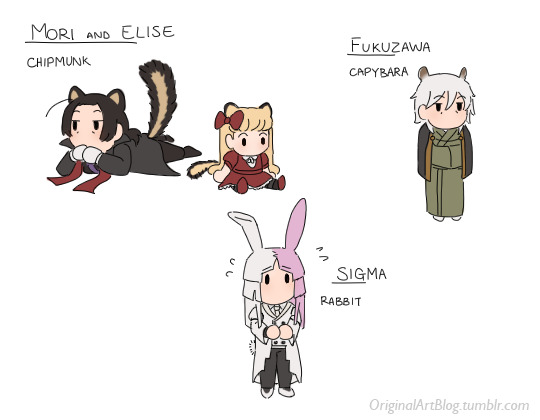
More tiny guests!! both requests and some I just thought of! I absolutely had to make Gab and Wells when someone asked for them
Gently handing them to you be nice to them (NO chewing)
(asks and animal choice ↓)
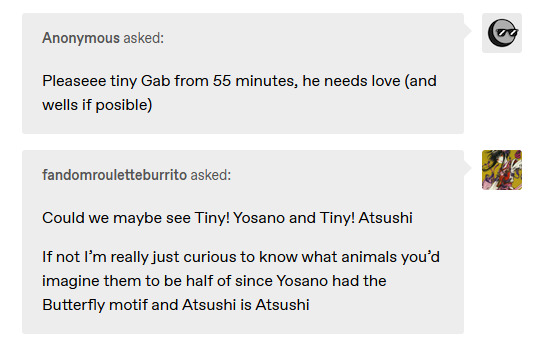
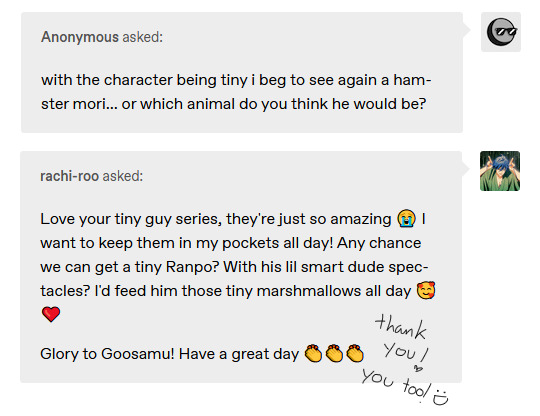
@fandomrouletteburrito, @rachi-roo, thank you! <3
Gab is a sea otter for: sea, floats, has special rock (island), needed friends not to lose himself, breaks open shells
Wells is a puma/cougar because of 'The Island of Doctor Moreau' by HG Wells (it's medical horror so watch out) for the puma-woman hybrid that killed Dr Moreau.
Yosano is a honey badger (please look at this video, warning for swearing) because they're metal as fuck and don't die from poison.
Atsushi. I tried to make him something else but I couldn't think of anything good and he had a whole arc about accepting the tiger. I let him have this one.
Ranpo is cat for Fukuzawa's sake (warning: this might actually make Fukuzawa explode)
Fukuzawa might hold the "lone wolf" title, but he's also the chill guy who has taken in all the other ADA members. He gets capybara'd.
Mori is a chipmunk here because we were talking about how they actually are omnivores and then I found this picture and couldn't stop laughing. Sometimes I'm shallow like that. (I'm open to suggestions for more fitting mammals with a matching Elise if you have one jhsdgfhjh)


and Sigma is a rabbit because he's nervous and jumpy yet fierce and inexplicably just has that vibe 🐇
#with thanks to story and remi for helping me figure out animals for some of them <3#bsd#bungo stray dogs#bungou stray dogs#bsd fanart#tiny skk adventures#bsd gab#bsd jules verne#bsd hg wells#bsd nakajima atsushi#bsd yosano akiko#bsd edogawa ranpo#bsd fukuzawa yukichi#bsd mori ougai#bsd elise#bsd sigma#that is so many peopleeeee#nawy's doodles
2K notes
·
View notes
Text




Some Shipwrecked RQs from Instagram 🐇
#shipwrecked comedy#shipwrecked#poe party#headless series#the case of the gilded lily#edgar allan poe's murder mystery dinner#headless a sleepy hollow story#hg wells#lenore the lady ghost#ichabod crane#dash gunfire#my art#art#art post#digital#digital art#fan art#fanart#sketch#drawing#artist on tumblr
230 notes
·
View notes
Text

HemingWells for the soul
#their month is over 😭😭🙏#shipwrecked comedy#edgar allan poe's murder mystery dinner party#poe party#hg wells#shipwrecked fanart#fanart#sillyposting#u should go watch eapmmdp guys#hemingwells#ernest hemingway#shipwrecked poe party#edgar allan poe#art#1 hg wells fan here#artists on tumblr#digital art#digital illustration#Blake Silver#joey richter#jaidens art
278 notes
·
View notes
Text






Myka, I'm just thinking of the greater good. As long as that coin exists it can be used against the Warehouse.
We cannot- I will not destroy H.G. Wells.
#warehouse 13#wh13edit#bering and wells#myka x hg#myka bering#helena wells#gifs#they can't take this from me
175 notes
·
View notes
Text
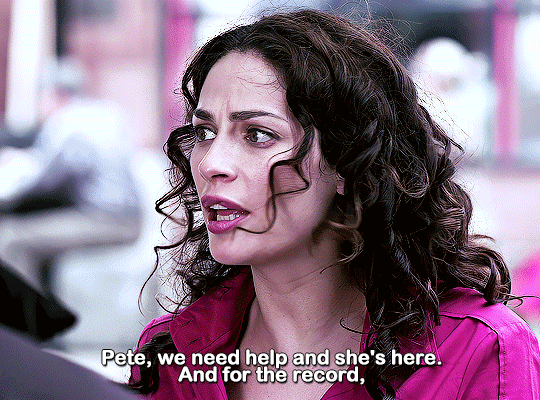
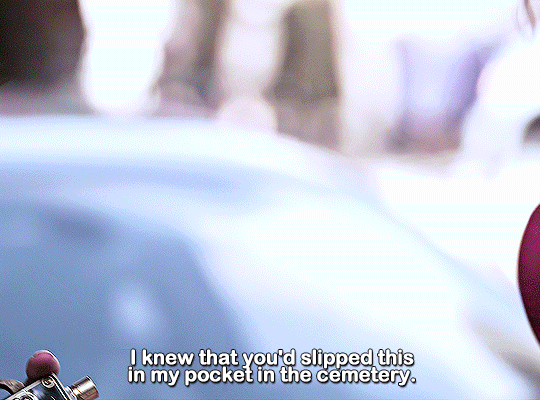
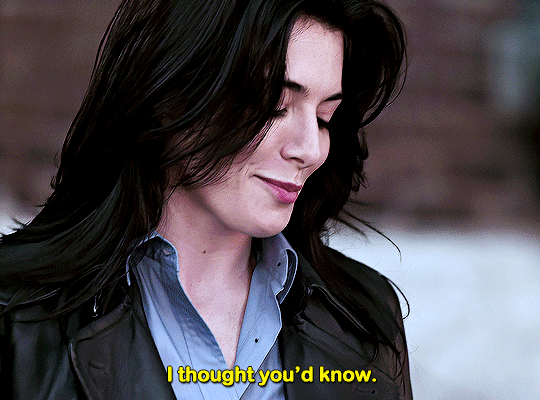
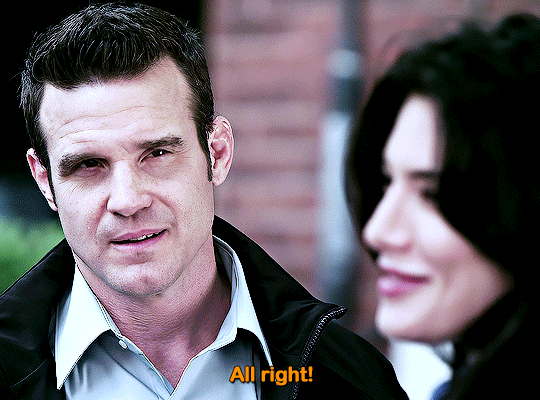
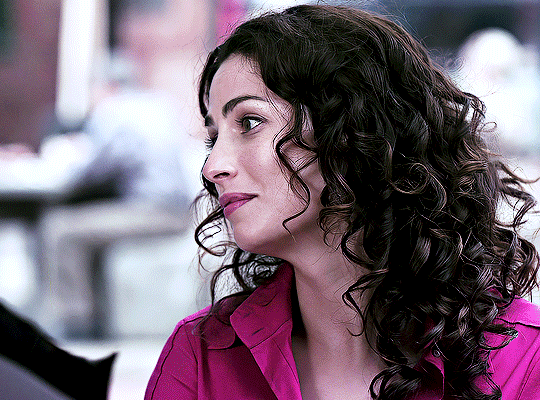
Warehouse 13 2.09 Vendetta
461 notes
·
View notes
Text
Looking at these stars suddenly dwarfed my own troubles and all the gravities of terrestrial life.
H.G. Wells, The Time Machine

185 notes
·
View notes
Text

the worst prima donnas.
#(affectionate)#there you have it#the gentlemen who occupy my mind lately#myart#pencil sketch#ballpoint doodle#the phantom of the opera#phantom of the opera#phanart#erik poto#art#fanart#the invisible man#hg wells#gaston leroux#gothic lit art#gothic literature#jack griffin
338 notes
·
View notes
Text

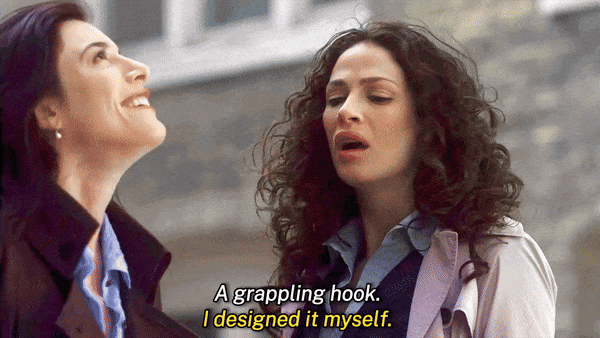
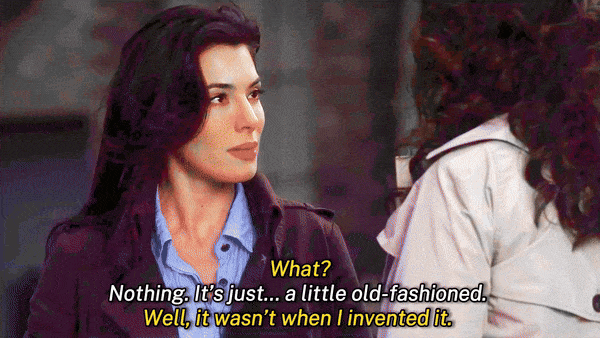



Myka coveting the grappler
@lgbtqcreators creator bingo — free choice
#mykaberingedit#hgwellsedit#helenawellsedit#helena wells#helena h.g. wells#hg wells#h.g. wells#myka bering#warehouse 13#warehouse13edit#userlgbtq#*#*wh13#*gifs#100#bering and wells#beringandwellsedit#the colors look weird but it already took so long to get the reds back so. here this is
325 notes
·
View notes
Text
You wouldn’t last an hour in the asylum where they raised me

#this post is specifically for people with taste#a little late to the trend but this popped in my head so#warehouse 13#myka bering#pete lattimer#artie nielsen#claudia donovan#steve jinks#helena wells#hg wells#leena warehouse 13
203 notes
·
View notes
Text

The Hunger Games war needed a little enigma, so they’re looking for some in the rubble!
#if you noticed bbh wearing benjamins clothes#well#hehe#who’s to say it’s not on purpose#hg duo#my beloved#or is it hunger games duo#badboyhalo#qsmp#qsmp fanart#cellbit#cellbit fanart
777 notes
·
View notes